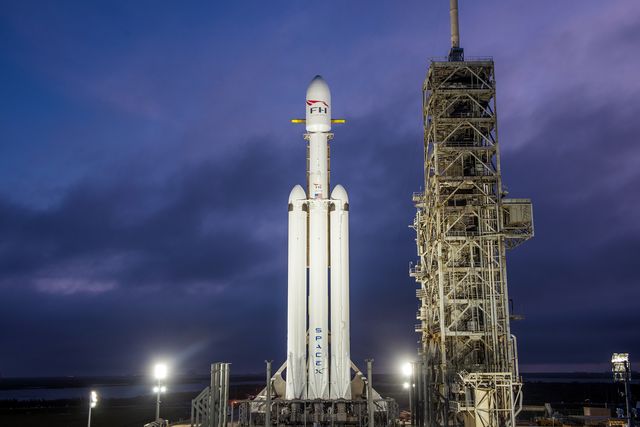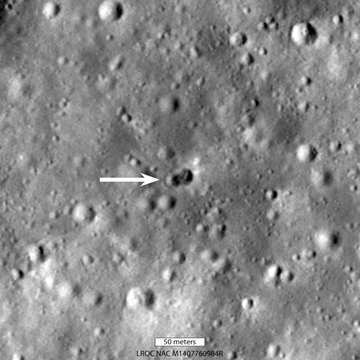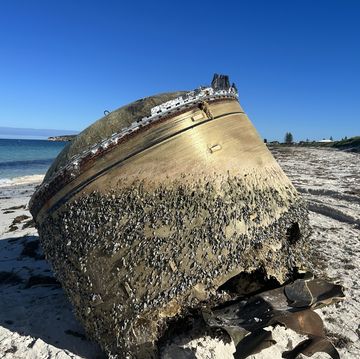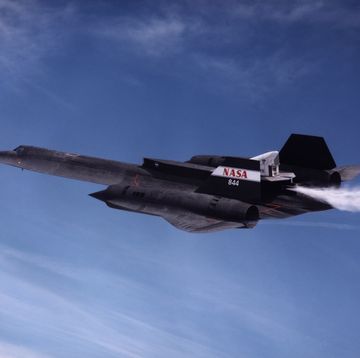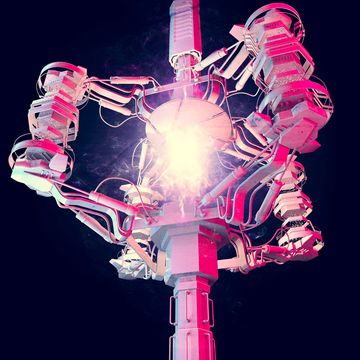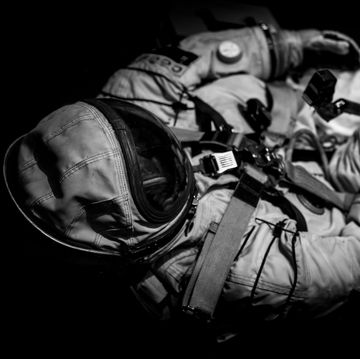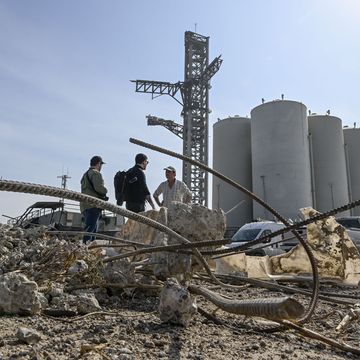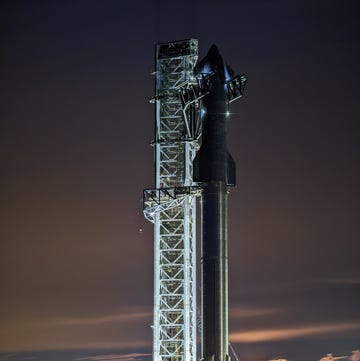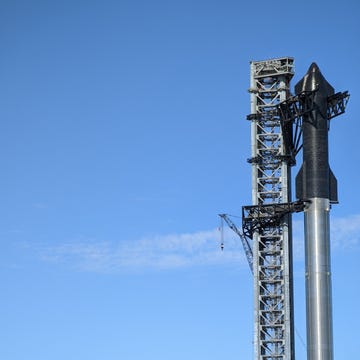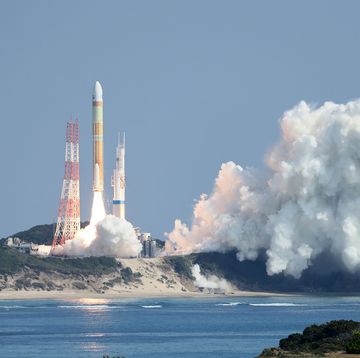SpaceX has set a date for the first launch attempt for Falcon Heavy: Tuesday, February 6. The demonstration flight will lift off from the historic Launch Complex 39A at Kennedy Space Center, the same launchpad that hosted the Apollo missions as well as multiple space shuttle missions. Falcon Heavy is the the most powerful American rocket since Saturn V and the shuttle, and the most powerful operational rocket in the world.
Falcon Heavy was first announced in 2011 with a planned demonstration flight in 2012. Although Elon Musk and his aerospace company SpaceX were overly optimistic about the time it would take to design and build Falcon Heavy, the California-based space startup has been making steady progress on the super-heavy-lift launch vehicle over the past five years. Now the three-core, 27-engine, 5-million-pound-plus-thrust rocket is ready for its debut flight.
In December, the rocket went vertical at the launch pad for the first time, and over the course of the following weeks SpaceX conducted multiple fueling tests known as wet dress rehearsals, where the rocket was filled with propellant and all systems were checked short of engine ignition. On January 24, the company ignited all 27 engines for the first time in a static fire test, burning the rocket engines for about 12 seconds while the rocket was held in place on the pad.
Falcon Heavy is expected to cost about $90 million per launch, compared to about $62 million for a Falcon 9 launch. The new rocket should be capable of carrying 63,800 kg (almost 141,000 lbs.) to low earth orbit (LEO). These numbers would make Falcon Heavy capable of carrying twice as much mass into orbit as its closest competitor, the United Launch Alliance Delta IV Heavy, which can cost as much as $400 million per launch.
But the most thrilling part of the next week's launch is probably not going to be the most powerful rocket in the world since the space shuttle erupting from Kennedy Space Center. Instead, people are flocking to Florida's Space Coast for the launch (so much so that NASA sold out $195 dollar tickets to a viewing party for the launch with a champagne toast and commemorative glasses) in large part to see what will occur after liftoff: SpaceX will attempt to land all three cores of the enormous rocket's first stage, with two touching down almost simultaneously on ground-based landing pads, and the center core descending shortly after to land on an autonomous drone ship at sea.
The demonstration flight of Falcon Heavy will carry a dummy payload, although a simple weight is too boring for Musk. His own personal red Tesla Roadster will be the payload, playing David Bowie's Space Oddity on repeat as Falcon Heavy attempts to launch the car to a heliocentric orbit near Mars.
Multiple commercial satellite customers have already booked flights on Falcon Heavy, and the U.S. Air Force will launch Space Test Program 2 (STP-2), a collection of experimental satellites, on SpaceX's new rocket as well. SpaceX's Falcon 9 rocket recieved certification for national security payloads in 2015, and Falcon Heavy will need to go through a similar process before it can be used in that capacity.
Falcon Heavy will give SpaceX versatility in its launch capabilities, and crucially, the ability to launch payloads beyond Earth orbit. The rocket could prove incredibly valuable for return missions to the moon, a high priority within NASA and the space industry. Two undisclosed paying customers have also booked a ride on the Heavy to launch them on a flight around the moon. For missions to Mars, however, SpaceX plans to use a new rocket, the Big Falcon Rocket (BFR), announced by Musk in September of last year.
The BFR is highly ambitious and a long way off, however. Falcon Heavy is at the Cape, ready to light up the pad.

Jay Bennett is the associate editor of PopularMechanics.com. He has also written for Smithsonian, Popular Science and Outside Magazine.
